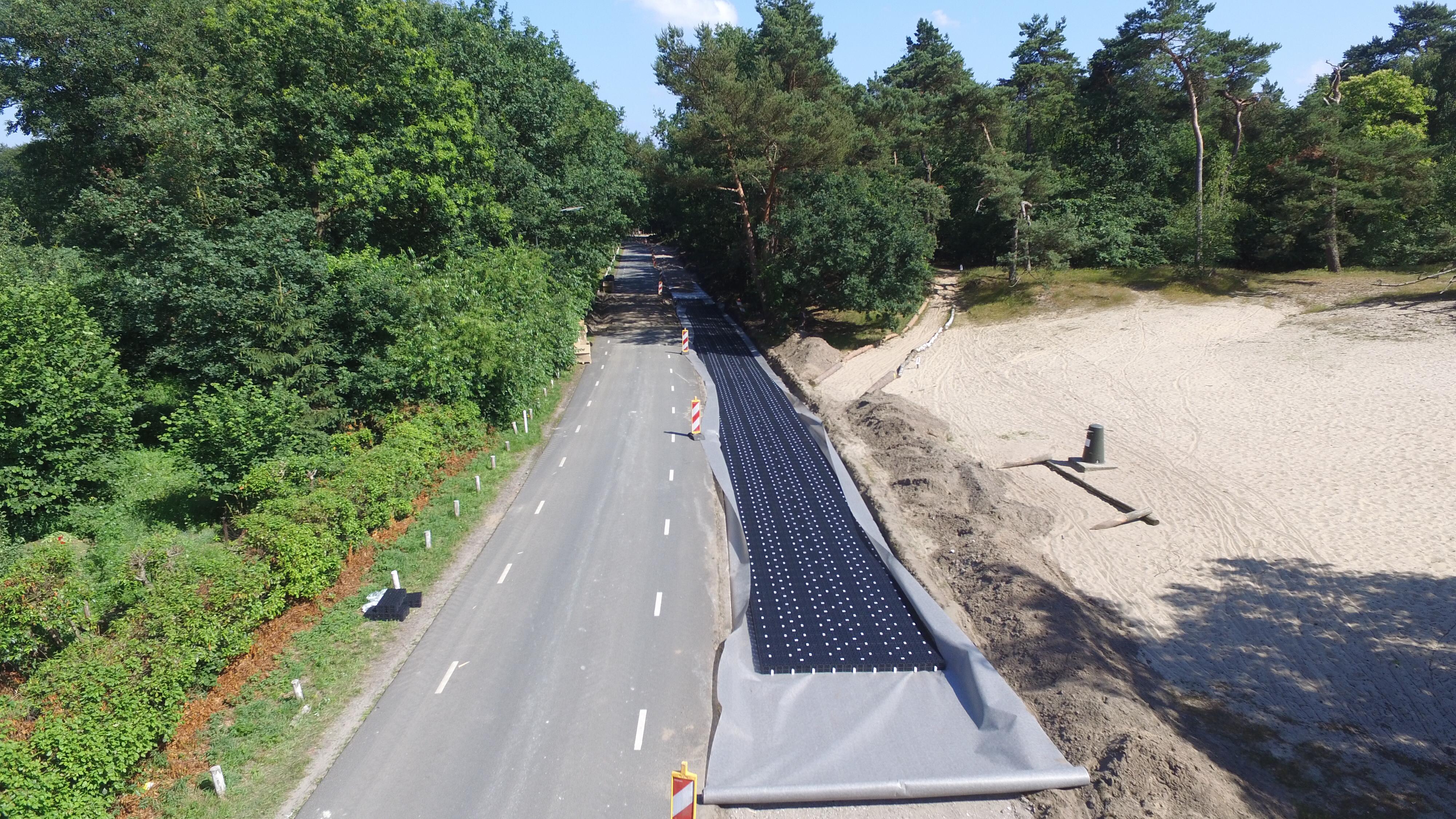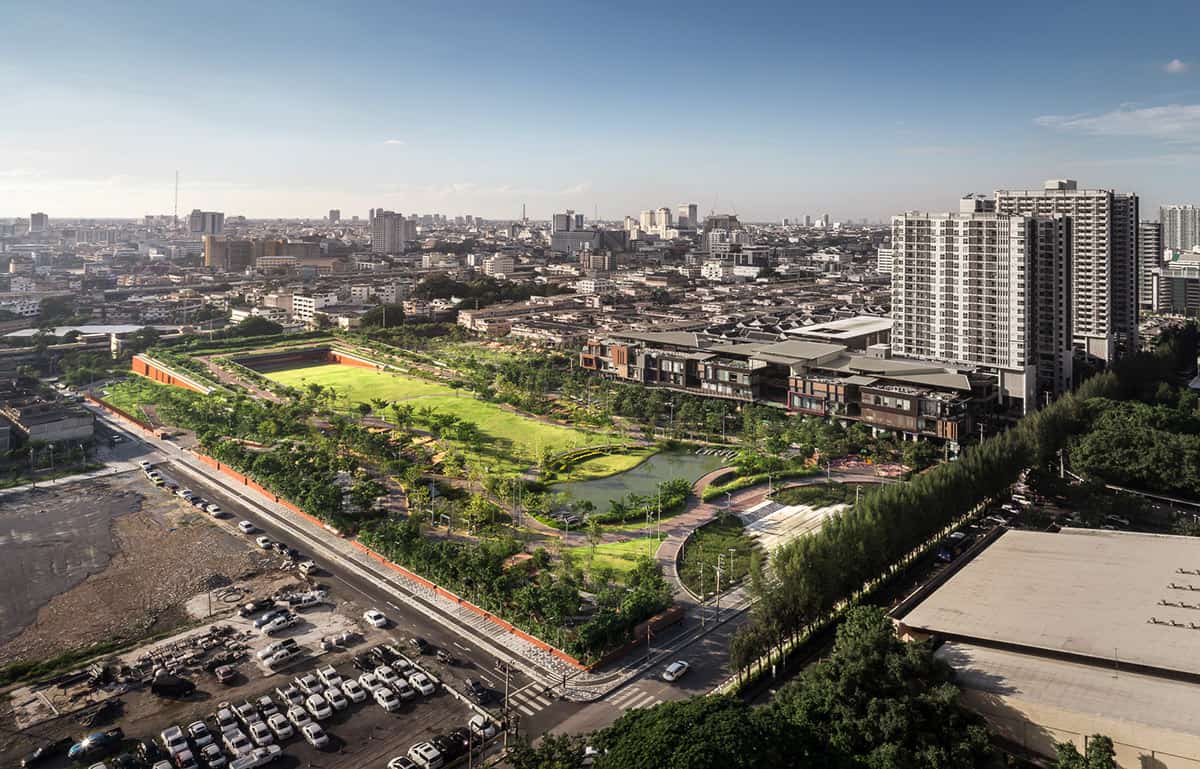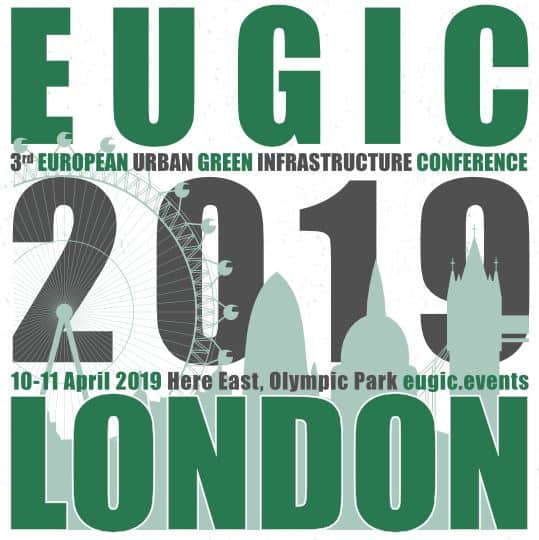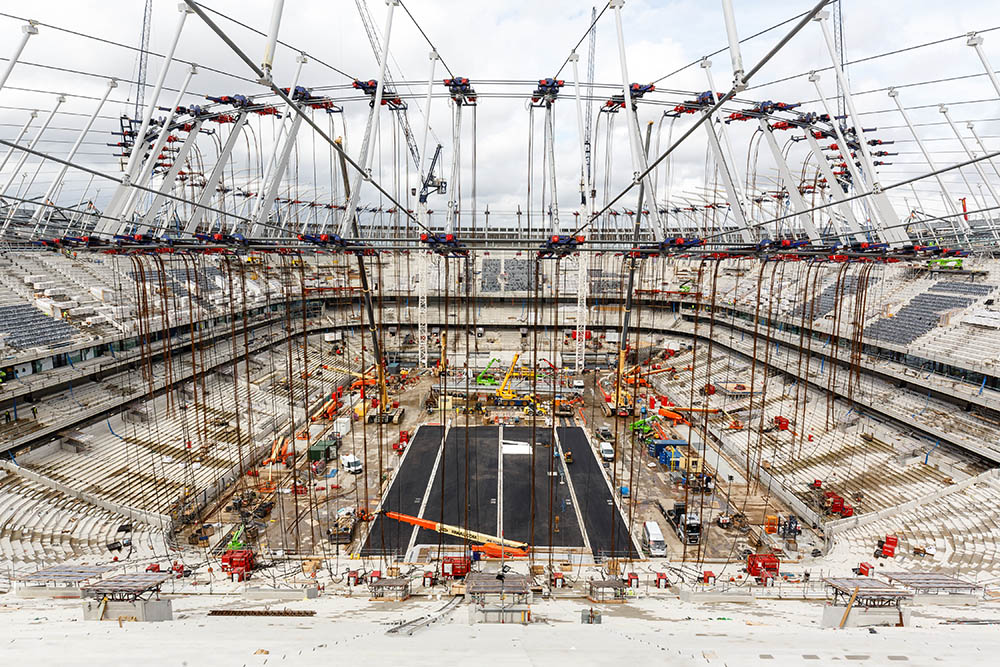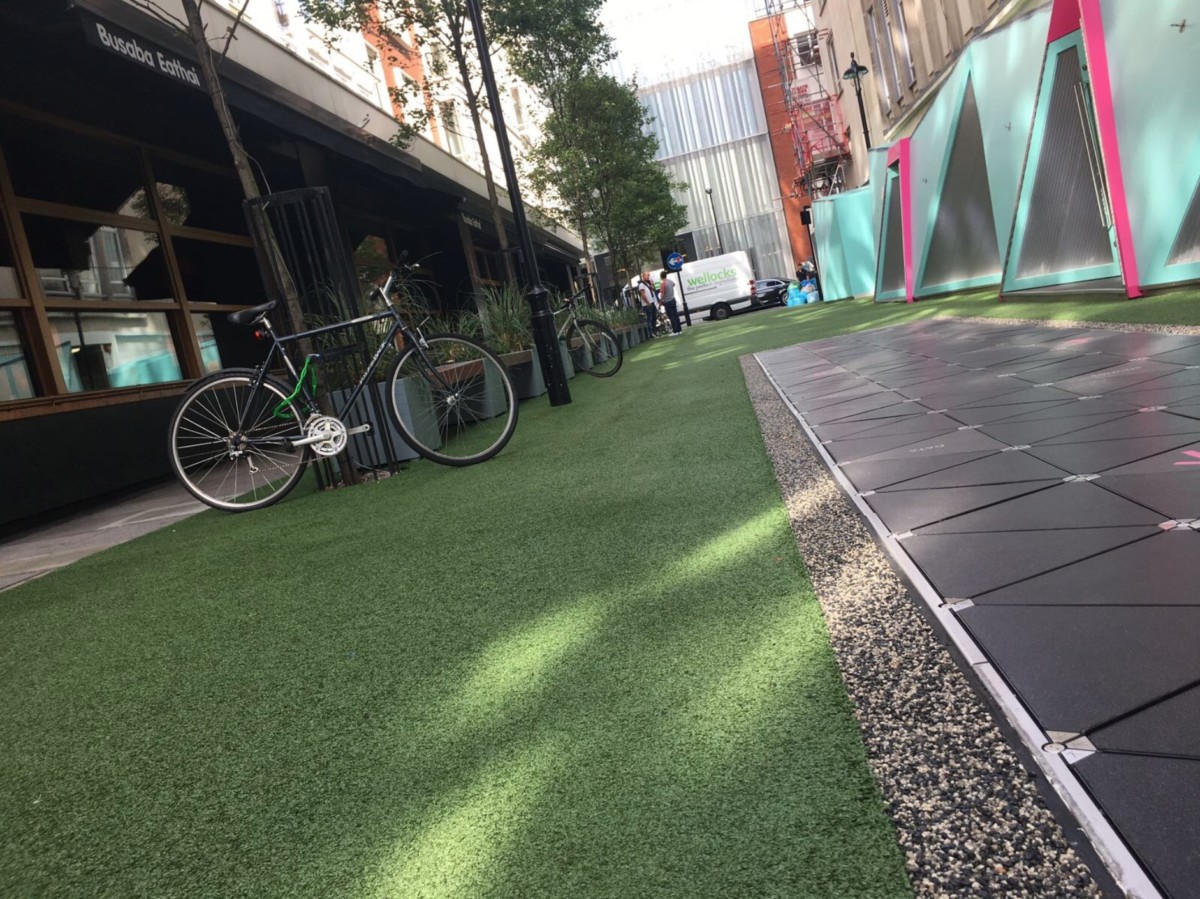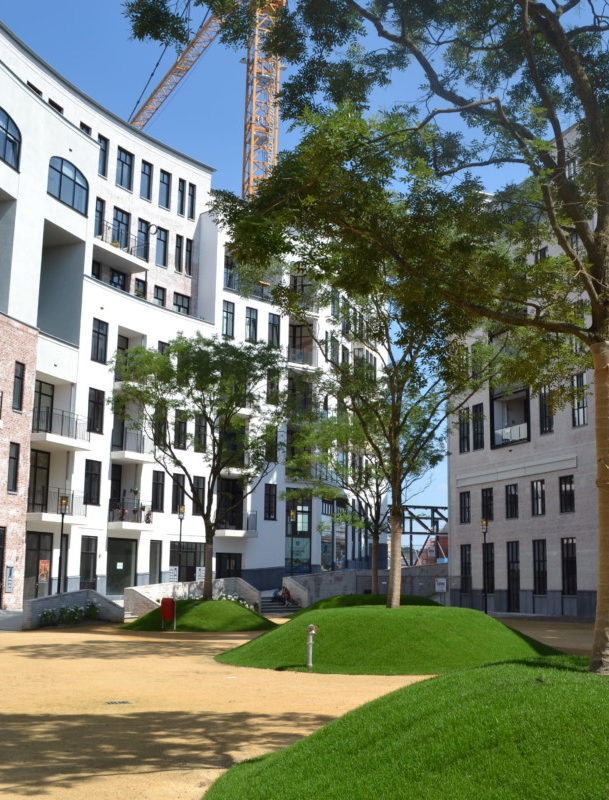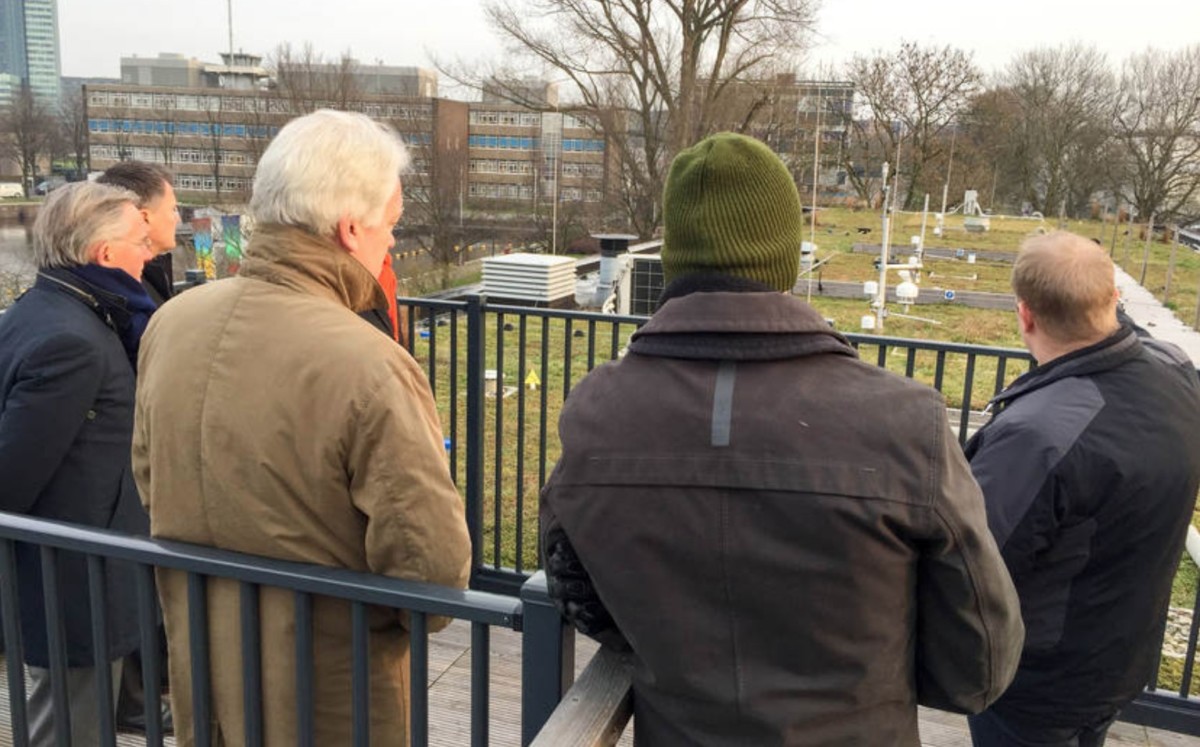City of Amsterdam: The importance of making way for more trees, bike lanes, and sidewalks
Amsterdam transit commissioner Sharon Dijksma announced Thursday that starting this summer, the city plans to reduce the number of people permitted to park in the city core by around 1,500 per year. These people already require a permit to access a specific space (and the cost for that permit will also rise), and so by reducing these permits steadily in number, the city will also remove up to 11,200 parking spaces from its streets by the end of 2025.
The cleared spaces won’t be left empty, however. As room for cars is removed, it will be replaced by trees, bike parking, and wider sidewalks, allowing Amsterdammers to instantly see and feel the benefits of what will still be a fairly controversial policy among drivers.
How can the city get away with it? Put simply, Amsterdam’s government has been given a mandate to. The city is currently being run by a coalition of left and centrist parties in which the Green Left party (GroenLinks) has the largest share. A promise to reduce parking space formed part of the initial coalition agreement. It also helps that no driver will actually be stripped of the right to park. Rather than revoking permits, the city will simply not replace any that are given up when drivers leave the city, give up their cars, or die. In this way, the city reckons it can naturally do away with about 1,100 permits a year.
This strip-back might seem hard on drivers, but in a city where bike lanes, trams, buses, and the metro all work well together, private cars still enjoy unmerited prominence. Only 22 percent of Amsterdam’s journeys take place via car, while drivers still enjoy the large majority of the road space. Most Amsterdam journeys in fact take place by bike, but despite efforts by the city, cyclists are still faced with an eternal scarcity of convenient bike parking spots.
Removing the parking spaces (some of which will be relocated to underground lots) will give pedestrians, cyclists, and trees a bit more space to breathe in an area where streets are narrow and rights of way somewhat contested. Parking in central Amsterdam will get steadily harder year by year, but overall the city should breathe a little easier because of it.
 Share
Share


